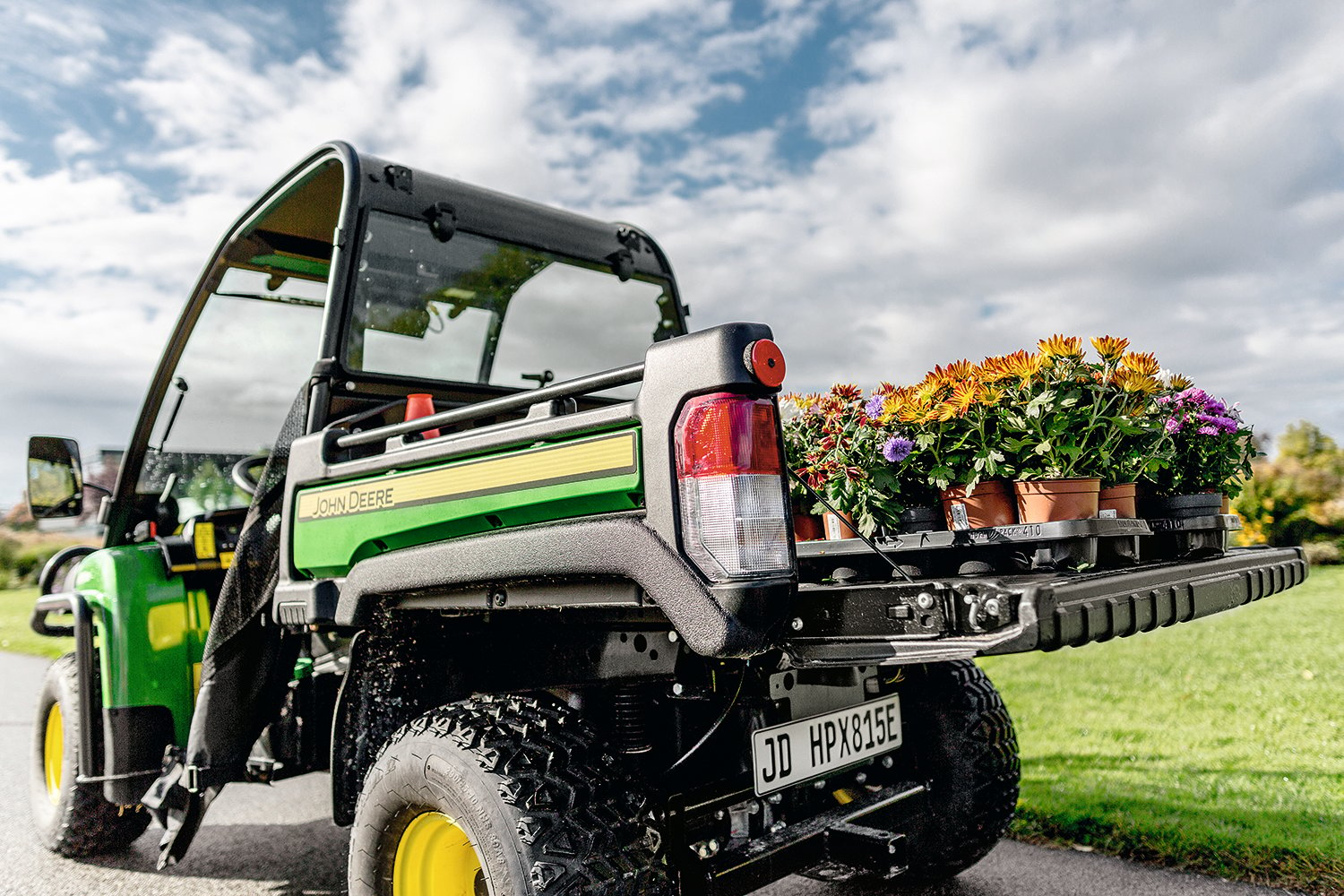How to Start Planning and Planting your Own Garden
Posted by South Plains Implement
Apr 14, 2024 1:05:00 PM

It's National Gardening Day! So what better day to sit down, plan and prep your garden!
Be Realistic
When it comes to gardening, it's generally better to go small rather than big - especially if you're still new to the gardening game! Lots of people start by thinking they want to tackle a huge garden that takes over their entire backyard. Granted, this would make for a lovely site, but the problem is many novice gardeners do not realize how much time and effort goes into maintaining a garden.
If you do not think you will have several hours a week to dedicate to weeding, watering and staying on top pest control then sticking to a small, raised garden is going to be your best bet. If you find you enjoy the time commitment, you can always shoot for something bigger next spring!
Choose your Spot with Care
Vegetable Garden: Be sure to select a location where the plants will get a minimum of six hours of direct sunlight daily. It is not always easy to find ideal sunny spots, and some gardeners have found instead of one large garden they had to go to plan B where they have a few different vegetable beds on their property.
Flower Garden: Choose a location based on the sunlight requirements of the flowers you wish to grow. This will be located on the flower seed packaging or tag of your already blooming plant.
Protect from Pests
Fencing your garden is the most efficient way to keep rabbits, raccoons, possums and other pesky animals away from your produce. The fence does not have to be fancy to be effective. Friendly tip, if you are attempting to grow strawberries, definitely invest in plant netting to place over them. You'd never know it, but birds and ants LOVE to eat budding strawberry plants!
Test your Soil
As with any crop, soil plays a vital role in the success of your garden. The best soil is one that drains well, is packed with nutrients and is soft enough for roots to penetrate. Rototilling will help to get your soil where it needs to be. If you want to really get into the weeds, you can have a soil test done which will help you determine what type of fertilizer is best used for your plants to thrive.
Choose High-Quality Vegetables
When you get ready to plant you have two choices as far as what goes in the ground - seeds or young plants. Most gardeners base this decision on time, cost and convenience. No matter what route you go with, be sure to purchase high-quality seeds or plants. If you choose to go with the latter, be sure to examine them for pests, disease and other signs of poor health before purchasing.
When you start to plant, be mindful of how far apart you are spacing the seeds and plants. Planting too close together will cause the plants to not get enough light resulting in a low-yield garden. When in doubt, ask the nursery for their guidance and best practices for planting.
South Plains Implement has many of the tools to start and maintain a healthy garden. Contact us to learn more about our inventory today, or stop by one of our 19 locations.

